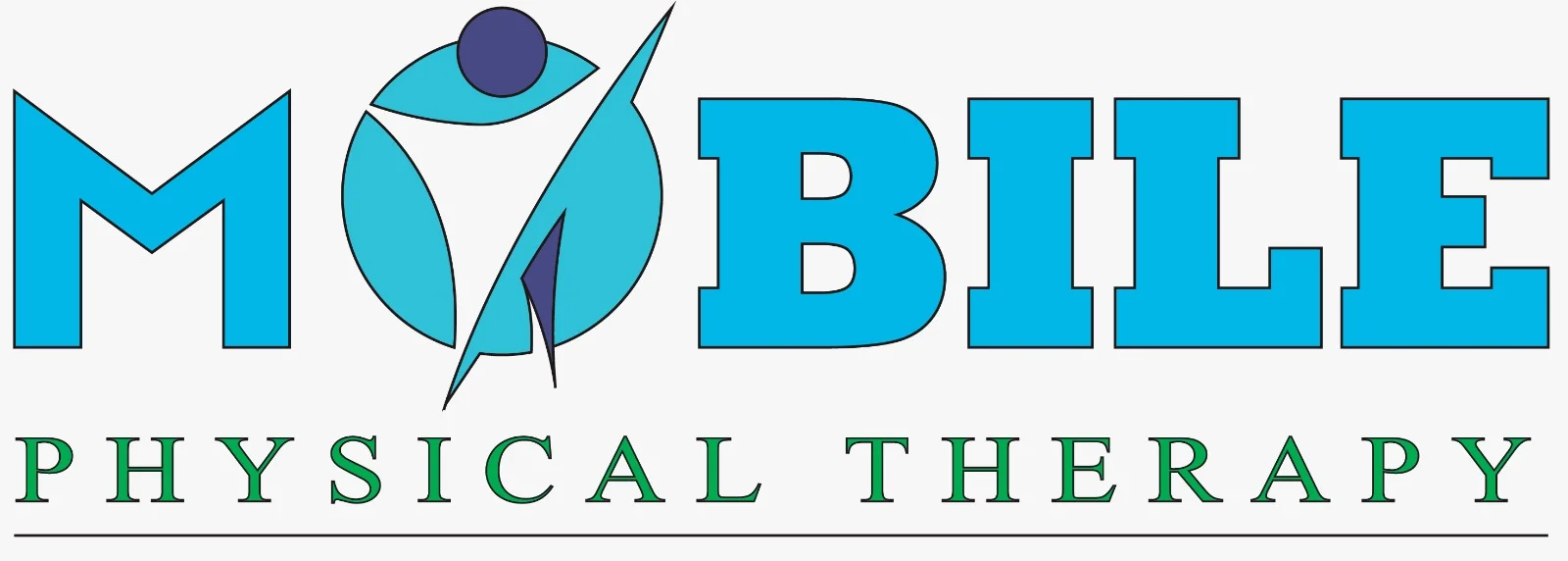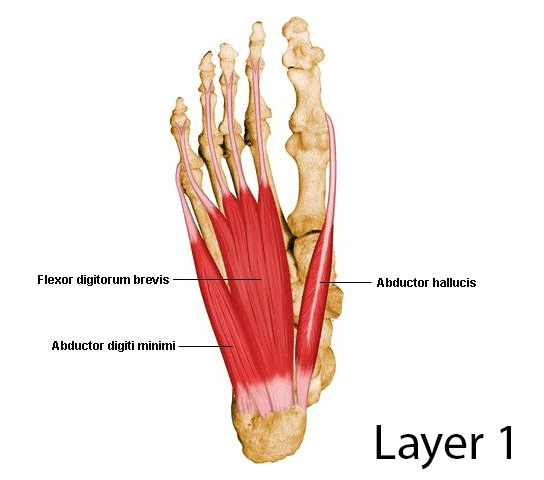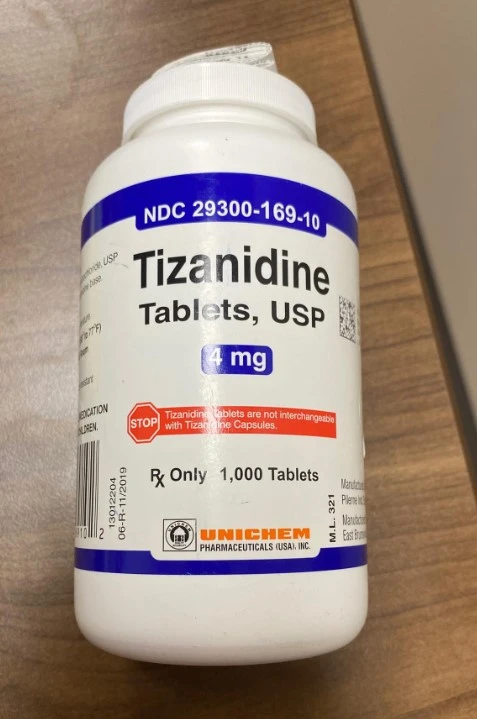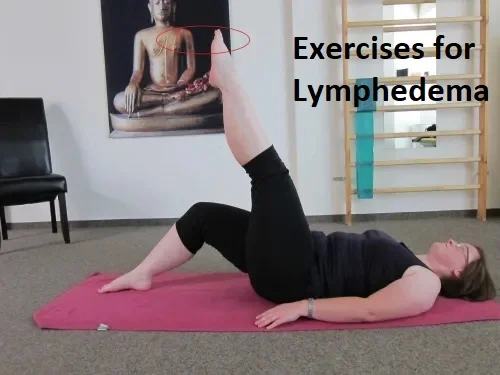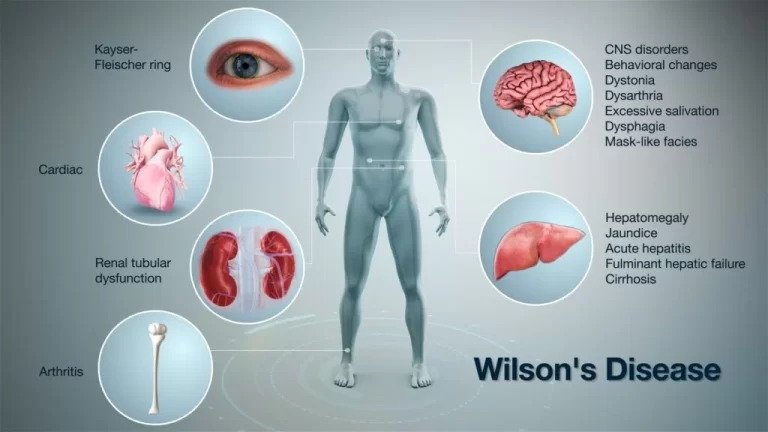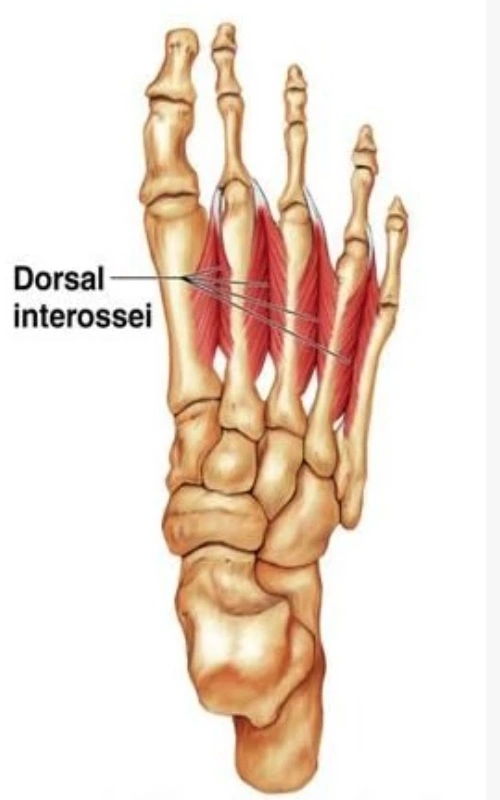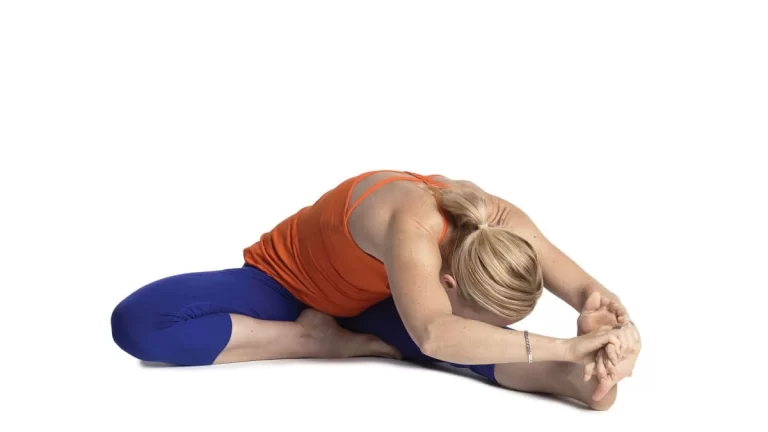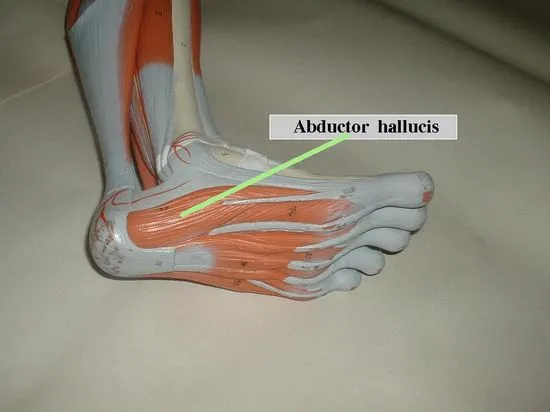Abductor digiti minimi muscle of the foot
What is the Abductor digiti minimi muscle of the foot? Abductor digiti minimi is a unipennate muscle found in the lateral aspect of the sole. As there are horizontal and vertical sets of foot muscles into four layers and three groups respectively, the complete address of this muscle is that it belongs to them; The…
